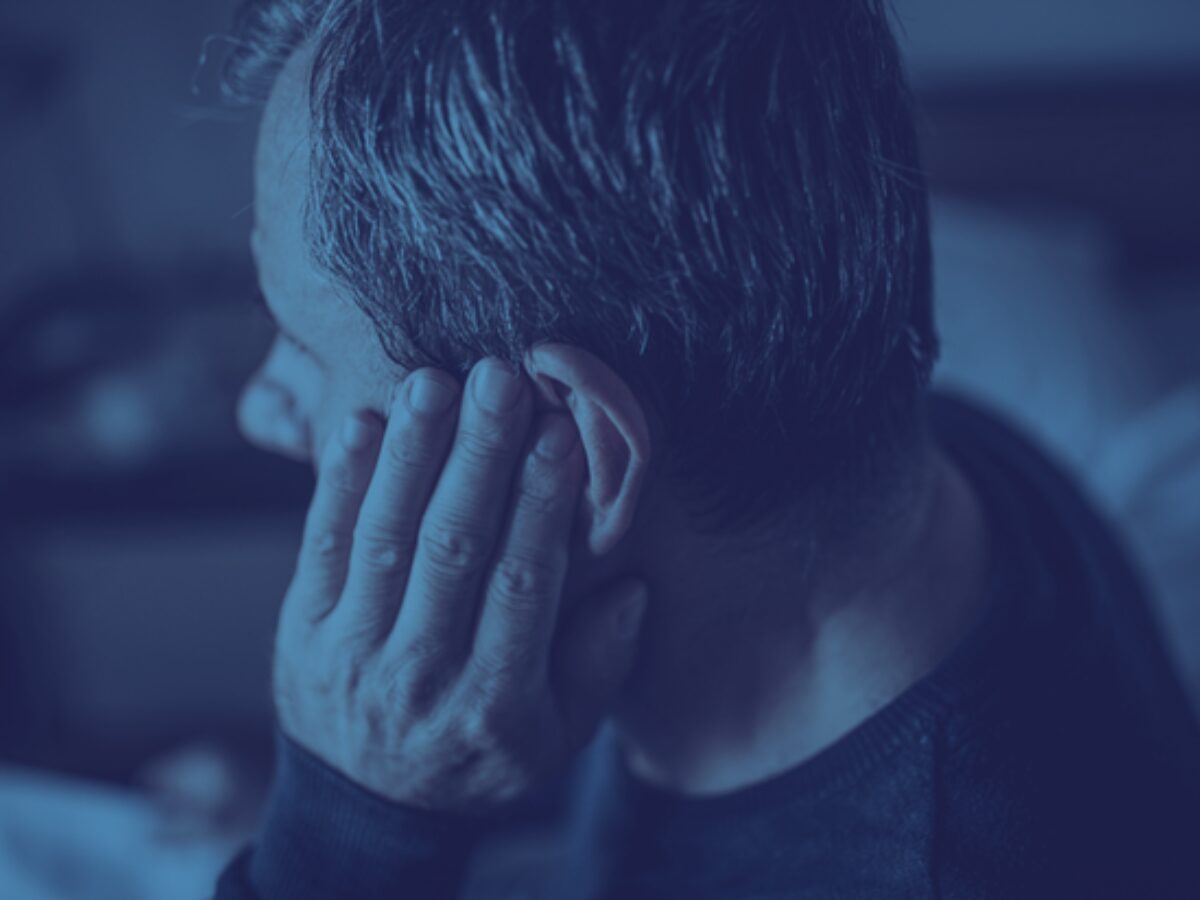
Previous research involving 65,533 heavy vehicle drivers, found that more than one in four (26.8%) had some level of hearing loss. This means having a harder time hearing your loved ones, co-workers, the television, and more.
It also highlights the importance of protecting your ears if you drive trucks for a living, and these tips can help.
Keep your windows rolled up
In the study mentioned above, researchers noted that the drivers’ hearing loss was more prevalent in their left ear than in the right. It was suggested that this was potentially due to regularly having the left window down to get fresh air, which allows more noise to drift into the truck’s cab—including the noise that is created by the wind.
To stop this from happening to you, keep your windows rolled up as much as you can. What you lose in terms of fresh air, you gain in the ability to better hear the world around you. This is critical since many forms of hearing loss cannot be reversed.
Turn the radio down
When you’re driving by yourself all day, it can be tempting to turn on your favorite music and crank the sound up. Over time, this loud noise can damage the cells and membrane in your cochlea, which is the spiral bone in the inner ear. As long as the exposure to loud music continues, your hearing loss could continue to progress.
While driving for work, keep your radio or music app to reasonable sound levels. You may even decide to turn the music off completely every now and then. Not only does this give your ears a break, but it also gives you time to think, which isn’t a bad thing.
Invest in a carbon monoxide detector for your truck
Past studies have found that when noise levels are above 90 decibels and you are exposed to carbon monoxide repeatedly over time (which many truck drivers are), you have significantly poorer hearing thresholds at higher frequencies. One explanation for this is that carbon monoxide exposure reduces oxygen in the blood, which increases the deterioration of inner ear sensory cells.
Invest in a carbon monoxide detector that you can keep in your cab. This enables you to know when levels are getting too high. If you get headaches, dizziness, nausea, or vomiting, these are additional signs.
It’s also helpful to always park in areas where your truck has adequate ventilation. Also, do regular exhaust system checks to spot any issues before they have the opportunity to harm your health.
Get regular hearing exams
Sometimes the person with hearing loss is the last to know. If hearing deteriorates slowly over time, you may be accustomed to not hearing clearly. You don’t know what you’re missing out on because it’s not a sudden shift. Getting regular hearing exams can help identify issues in their early stages.
The American Speech-Language-Hearing Association indicates that there is no consensus as to how often adults should be screened for hearing issues. This is because the frequency of exams depends on several factors, including the person’s age, whether you have any other health issues, if you have a higher risk of hearing loss (such as being exposed to louder noises) and your access to regular screenings.
To help you understand whether you may need a hearing test, the National Institute on Deafness and Other Communication Disorders offers a convenient online test. This test is designed for people aged 18 to 64 and consists of 10 yes or no questions.
If you answer yes to three or more these questions, it is suggested that you see an ear, nose, and throat specialist, also known as an otolaryngologist, to get your hearing tested.
Need other tips on what you should be regularly checking? We’ve got plenty of tips on protecting your eyes, hands, back, shoulder, and knees.


